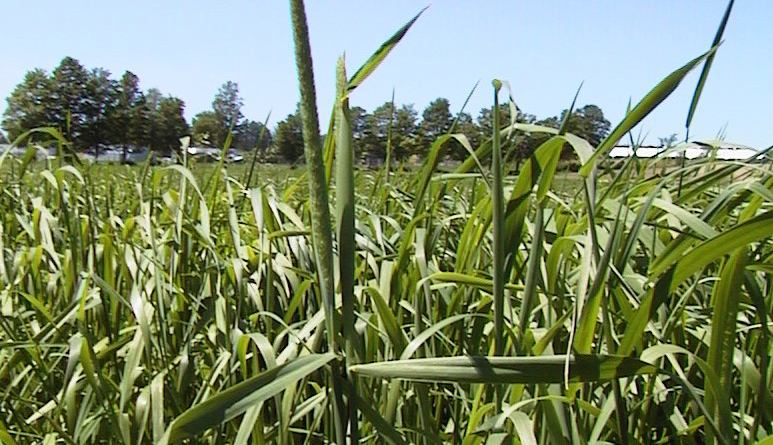Global warming is no boon for timothy grass, which is negatively impacted by warmer summer temperatures. This situation is a source of concern for dairy producers and researchers, because timothy, mixed with alfalfa, is central to the diet of dairy cows. Édith Charbonneau, a professor and researcher in the Department of Animal Sciences at Université Laval, led a team of scientists from several universities and Agriculture and Agri-Food Canada in a search for alternative forage grasses to replace timothy.
Timothy grass is negatively impacted by warmer summer temperatures. This situation is a source of concern for dairy producers and researchers.
With funding from the Ministère de l’Agriculture, des Pêcheries et de l’Alimentation du Québec and Novalait, the researchers conducted field trials in the regions of Saint-Augustin, near Québec City, Sainte-Anne-de-Bellevue and Lac-Saint-Jean over three consecutive summers. Their goal was to measure the yield, nutritive value and impact on estimated milk production of five different grass species, in comparison to the timothy-alfalfa mixture. The news was good: three grasses stood out for their adaptation to heat: tall fescue, meadow fescue and meadow bromegrass. Combined with alfalfa – which is high in protein – they all had estimated levels of milk production that were comparable to that of the timothy-alfalfa forage.
Despite these promising results, timothy remains the grass of choice for the moment: even with reduced regrowth under warmer summer conditions, its yield and nutritional value are still equal to or greater than those of the other grasses under analysis – and cows love it!
Édith Charbonneau is currently working with Ouranos, a climate change research consortium, to evaluate the yield and nutritive value of these three grasses over the next 60 years under global warming.




